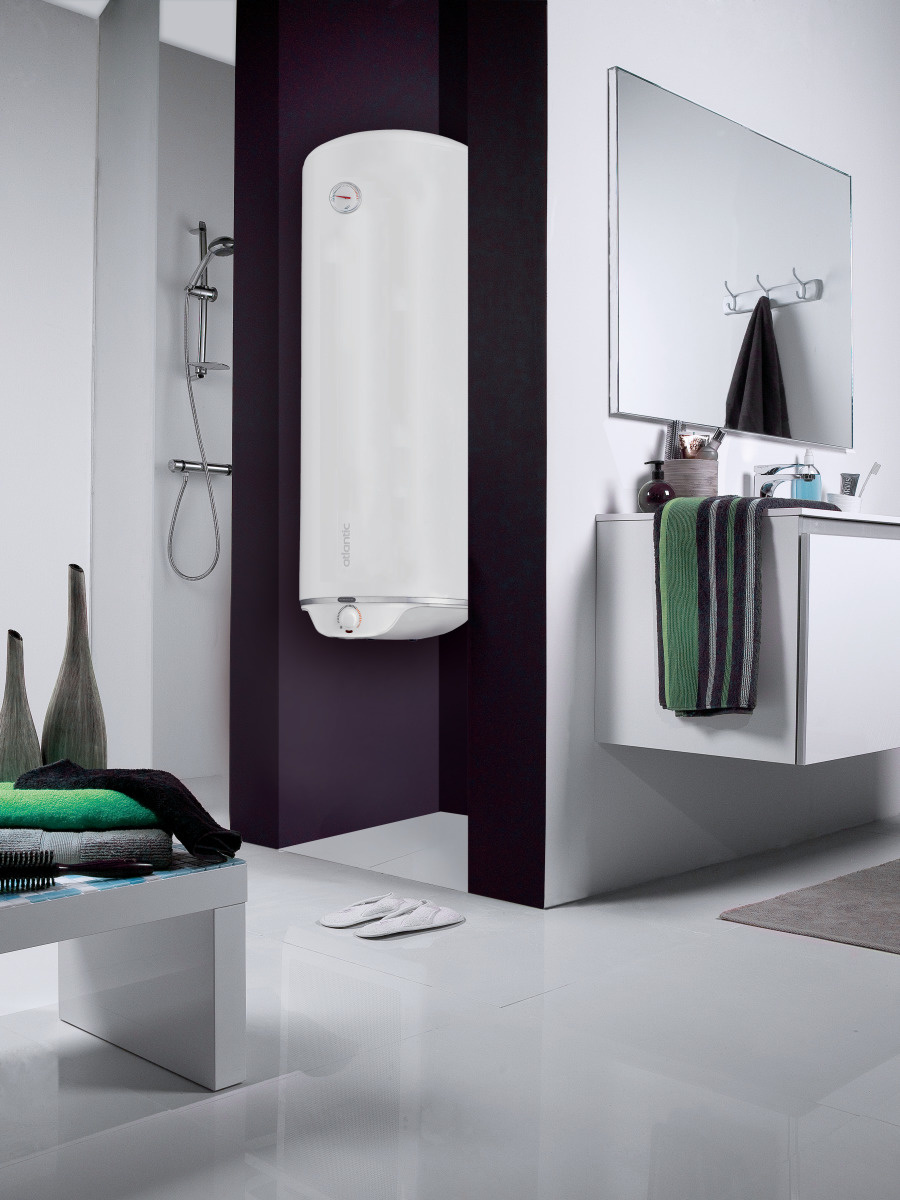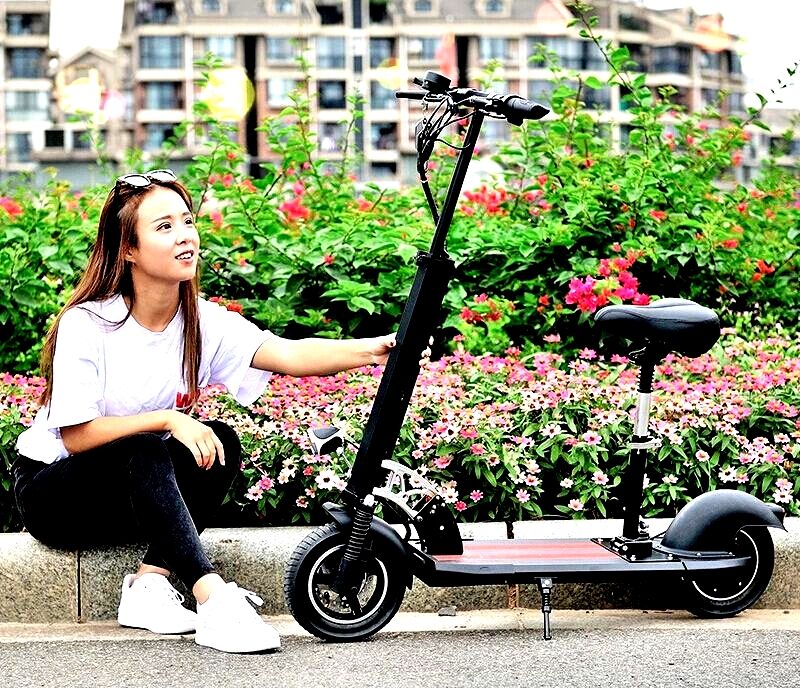Rating of the best floor heating convectors for 2024
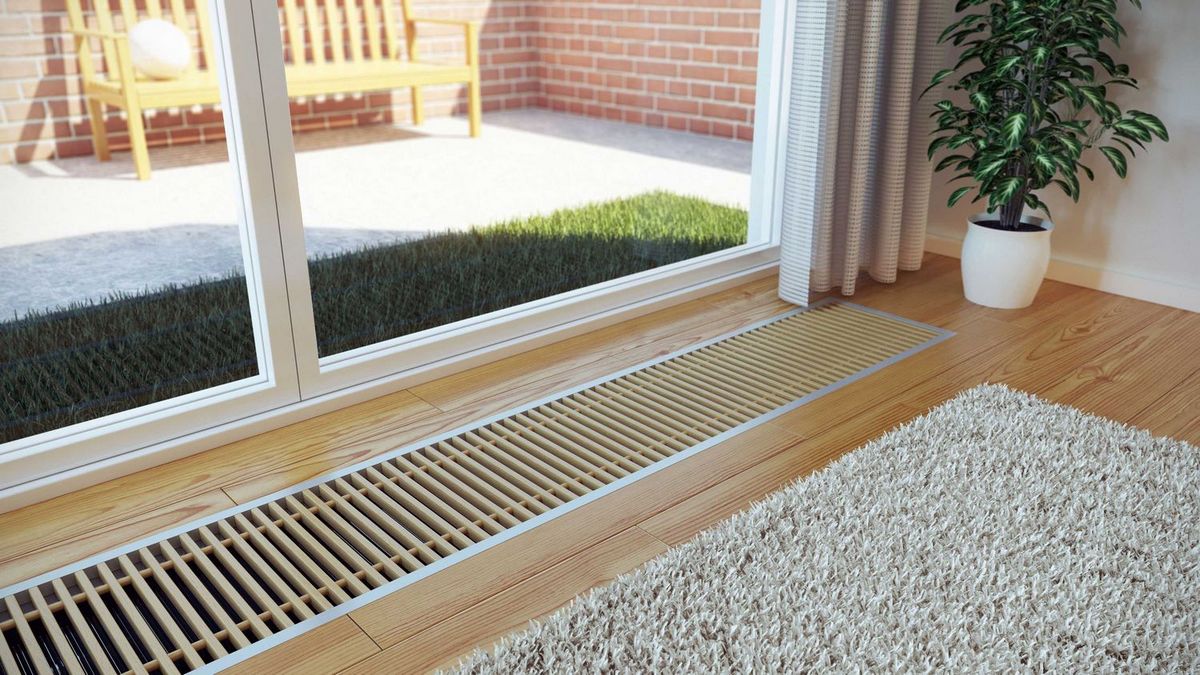
The use of radiator batteries for heating large areas of halls or rooms with large panoramic windows is, to put it mildly, not the most aesthetic option. More acceptable in this case would be the option using floor convectors (they are also floor heaters). These devices today are no longer something unique and at an operating pressure of 15 bar (and in the test pressure - 25 bar) they can be easily installed in apartment buildings with central heating, and in office buildings, and even in shopping centers.
Basics of the design of floor convectors
Although the design parameters of these devices cannot be called very complex, they still have their own characteristics. The entire heating system consists of the following parts:
- Case (aka case);
- Heat exchanger;
- Devices that automatically control heating;
- Ventilation grill;
- The fan itself (if mandatory ventilation is used);
- Fasteners.
The main part of the entire structure is considered to be a heat exchanger, which is a tube of almost any section (rectangular, round, oval) and to which a number of plates or fins are attached. In some models, this may be a heating element.

Construction of floor convector with VKN5 fan Verano - Verano
The heat exchanger is usually made of copper or aluminum, since these metals are resistant to rust and also have excellent heat dissipation. A number of plates are fixed perpendicularly to the heat exchange tube, heating of which provides a large heating area.
The case of the convector itself insulates the interior of the underfloor channel. The material for its manufacture is selected in such a way that it is possible to ensure rigid fastening of all parts and withstand the lattice load, while possible contact with the liquid would not cause the start of the corrosion process (water may well leak out in the form of condensate formed). However, in more expensive models, condensate drainage can be provided with special devices.
Operating principles
The considered heating devices are not very overloaded with additional elements - mainly, these are sensors and control devices, which themselves have small dimensions. The room is heated by convection (from lat."Transfer") - the natural flow of hot air up, while the cold one moves down.
Convection can be forced and natural (natural): in the first case, a fan built into the structure forcibly circulates air (and the speed of this process can be adjusted), and in the second, this process is natural and it is impossible to influence its speed. Depending on the cost of the equipment, two or more fans can be installed in models with forced circulation.
Water heater
It is a copper tube bent in the shape of the English letter "U", which is installed in an aluminum shell with plates. Ordinary water acts as a heat carrier in this system. The box of such a heat exchanger is made of galvanized / stainless steel. The whole structure is built into a special niche in the floor and covered with a metal decorative grill on top.
As a result, the structure heats up the air masses, which, according to the convection rule, rise up, and the cold air currents displaced by them rush down. All heat transfer power is achieved through the use of materials with high thermal conductivity and the use of a large number of plate-fins.
The decorative grille, in turn, is designed to exclude accidental contact of the human body with working parts of the equipment. This is a really important point, since the heating temperature can reach up to +90 degrees Celsius, which will inevitably cause burns.
In the case when this design provides for the presence of a fan, then its power increases in multiples of the number of these same fans. However, the fans have an unpleasant feature - they will necessarily be a source of extraneous noise. Although, the noise problem can be corrected in some way by installing rubberized inserts on the engine and windsale mounts. However, at a time when increased power is not required, the "nth" number of ventilation devices can simply be turned off. It should be noted that temperature control can also be carried out in automatic mode by means of special sensors installed on windseals.
Electric convector
Its design is almost similar to that described above, but instead of a U-shaped tube, a dry heating element is installed in the design as a heater, which has a special plumage that increases thermal conductivity. The device itself can be made of steel, copper, ceramic or aluminum. The internal elements of the electric convector are painted in dark colors in order to hide them under the decorative crate.
In the described heating system, a special sensor with a microprocessor is always installed, which is responsible for the heating temperature. It is with its help that you can connect the heat exchanger to the “smart home” system and centrally control the temperature in the rooms.
The material from which the heating element is made also plays an important role, since it directly affects the operational life. The most reliable heating elements are considered to be those made of stainless steel. It should also be borne in mind that an electric convector is a device that consumes electricity, which obliges the owner to ground it in accordance with the "Rules for the operation of electrical installations". It should also provide devices that protect the system from power surges in the network. Otherwise, the heater case has a design similar to the water heater, however, its height must be at least 20 cm in order to create the correct air draft. However, this condition can also be circumvented by installing a couple of fans in the design.
The advantages of installing a convector
The most important advantages in this matter will be:
- Aesthetic integration into the overall interior;
- The ability to use in almost any room;
- Variability of shapes and sizes;
- Possibility of installation in rooms located on the upper floors, where the pressure does not rise above 15 bar (applies to water samples);
- Low enough weight, which is not able to heavily load the supporting structures of the building;
- Some savings compared to the use of radiator heating (an approximate reduction in the cost of heating by 25%);
- Even at an average temperature in the general system of +50 degrees Celsius, comfortable heating of all rooms can be achieved.

And as a separate plus, it can be noted that it is not necessary to open the floor covering to replace / repair individual elements - you just need to remove the crate.
Correct selection of underfloor heater parameters
Width selection
This parameter must be selected in such a way that in the future there are no questions about installation. It is especially necessary to pay attention to the sufficiency of the distance from the panoramic windows - it should be from 5 to 15 cm. The same applies to the underground niche - the heater should not be installed "end-to-end", the free distance should be 5 - 10 mm.
Regarding the selection in width, here in most cases the features of the panoramic window and the general design solution used in the room will play a role. Usually, heaters are limited in length, but by increasing their width it is possible to increase their power.
Depth selection
Here it is necessary to take into account the height of the screed and the structural features of the underground niche itself. The device should be installed freely, having a depth of 10-20 mm in stock for reliable fastening and free entry of fasteners.
Length selection
As a rule, the radiator is chosen so that it covers the entire length of panoramic windows or the room in general. Here you should not forget about the indents from the walls, which should be at least 15-30 cm.
Selection of decorating lattice
These grilles add an element of aesthetics and decoration to the overall design of the heater. Most often they are purchased separately from the main set, but expensive and well-known brands can include them immediately in the kit. The main thing is to maintain harmony with the surrounding design, that is, to achieve a harmonious combination of lamellas, colors, materials used, with the environment. Nevertheless, specialist designers advise purchasing grilles produced by the same brand that made the convector itself (in order to ensure full compatibility of all parts).
Standard solutions for some premises
First of all, you should decide on the area of the room that will need to be heated. For large areas of office space or shopping centers, it is necessary to install several heating devices at once, and it is desirable to provide them with forced ventilation. For extremely large areas, there should be several priori. Also, based on the level of required heat transfer, you should decide which heating option is better - water or electric? The first will be cheaper to operate, but problems may arise with the rapid heating of the room. The second will cost a lot of money, but will provide uniform and timely heating.
Apartment convectors and models for small offices will be less whimsical to the installation conditions. Due to the small heating area, it is possible not to use additional fans in them, as well as to use central water heating.
Approximate calculation of convector parameters for specific premises
You should start with the power parameters, which will depend on the dimensions of the room. Adequate and optimal in the design community is considered to be 110 watts of power per square meter. However, this parameter is taken with a margin, typical for the countries of the post-Soviet space - in Europe, this indicator can be reduced by 20-30%.
Then you can use the following calculations:
- If the ceiling height is more than 2.7 meters, then it is necessary to add a factor of 1.05 to the power (Total power = number of squares x 110 W x 1.05);
- If the room has two or more external walls, then add a factor of 1.2 (Total power = number of squares x 110 W x 1.05 x 1.2);
- If the walls in the room are not insulated by anything, then add a factor of 1.1 (Total power = number of squares x 110 W x 1.05 x 1.2 x 1.1).
IMPORTANT! To make more accurate calculations, you can use a special online calculator, which is usually available on the websites of companies that produce convectors.
It will also take into account:
- The dimensions of the panorama window itself;
- Heat carrier material;
- Installed screed depth;
- Heating system throughput.
Dependence of the price on the characteristics of the heater
The convector's cost will consist of its following characteristics:
- Used pressure and delivered heating temperature;
- Total heat output;
- Fan noise;
- Their number in the design;
- Average energy consumption;
- The presence of a dimensional grid;
- Features of decoration.
To choose a heater with specific characteristics and so that they correspond to the price / quality indicators, today it is not so difficult - fortunately, most convector models are sold according to the so-called "constructor" scheme (the entire device is completed with the corresponding elements separately).
Regarding prices, we can talk about a rather high cost of the equipment in question as a whole. For example, even for a brand released in the vastness of the countries of the former USSR, you will have to pay about 16,000 rubles for a sample with a power of 1000 watts. In the former republics, production is mainly focused on models for heating a total area of up to 25 meters at a total price of 50,000 rubles.
Rating of the best floor heating convectors for 2024
With natural circulation
3rd place: Polvax Ke
Decent sample from a Ukrainian manufacturer. This model is distinguished by a well-made heat exchanger. All materials and components used in the construction have passed international certification. Particular attention is paid to the corrugation of the aluminum plates.

| Name | Index |
|---|---|
| Manufacturer country | Ukraine |
| Width in mm | 230 |
| Height in mm | 90 |
| Length in mm | 2000 |
| Heat output in watts | 671 |
| Cost, rubles | 17500 |
- Small fin pitch provides increased heat transfer;
- Certified materials used;
- Decent price / quality ratio.
- It is rare on the Russian market.
2nd place: Varmann Ntherm
This model is intended for a point location over the area of the heated room. Thanks to the technology used, the maximum heat transfer effect is achieved with the relatively small dimensions of the convector itself. More than a democratic price deservedly made this model popular with the Russian consumer. The structural elements themselves are made of heavy-duty materials according to Italian technology.

| Name | Index |
|---|---|
| Manufacturer country | Russia |
| Width in mm | 230 |
| Height in mm | 90 |
| Length in mm | 800 |
| Heat output in watts | 205 |
| Cost, rubles | 14300 |
- Use of innovative technologies in the design;
- Affordable price;
- No big difference in heating temperature.
- Not found.
1st place: Carrera S
These convectors are specially designed for equipping premises in which it is necessary to create a special microclimate (winter backs, museum halls, closed arboretums). For rooms with high humidity, the structure has a special drain for accumulating condensate. The standard set includes decorative lathing of our own production.

| Name | Index |
|---|---|
| Manufacturer country | Italy |
| Width in mm | 230 |
| Height in mm | 90 |
| Length in mm | 2000 |
| Heat output in watts | 642 |
| Cost, rubles | 35000 |
- Special purpose model;
- Used heavy-duty materials;
- There is a condensate drain;
- The set includes a grill.
- High price;
- The set does not include ball hoses, flexible hoses required for connection.
Forced circulation
3rd place: Verano VKN5
This heater can be controlled by sensors installed on the fans (automatic activation of the fans when the temperature drops below a preset level). Manual remote control is also possible. Air is drawn in from both sides of the heating element.

| Name | Index |
|---|---|
| Manufacturer country | Poland |
| Width in mm | 280 |
| Height in mm | 90 |
| Length in mm | 1950 |
| Heat output in watts | 4900 |
| Cost, rubles | 67000 |
- Double air intake path;
- Automatic temperature control;
- Improved thermal efficiency.
- Works only with native Danfoss thermostats.
2nd place: Mohlenhoff QSK
A real icon of European quality. In addition to the use of heavy-duty materials, a fan is installed in the design, which meets European noise standards. Connection is possible both from the end of the device and from the side. The device has a 10-year warranty!

| Name | Index |
|---|---|
| Manufacturer country | Germany |
| Width in mm | 260 |
| Height in mm | 90 |
| Length in mm | 2000 |
| Heat output in watts | 3400 |
| Cost, rubles | 96000 |
- Super quiet windsale;
- Extended warranty period;
- Network connectivity variability.
- High price.
1st place: Jaga Mini Canal
This heater is the ideal solution for raised floors in multi-apartment buildings. The internal elements of the device are painted in a solid gray metallic color. At the same time, it is possible to select the upper crate in combination with the color of the rest of the flooring. The F-shaped heat exchanger tube used in the system allows to achieve higher performance with only one fan.
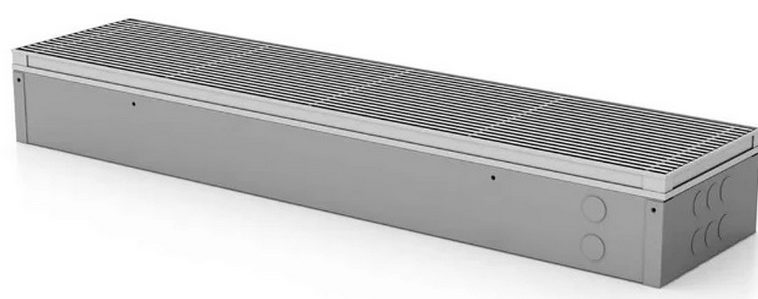
| Name | Index |
|---|---|
| Manufacturer country | Germany |
| Width in mm | 260 |
| Height in mm | 90 |
| Length in mm | 1900 |
| Heat output in watts | 750 |
| Cost, rubles | 35000 |
- Innovative design;
- Optimal performance increased;
- Increased heat dissipation.
- Overcharge.
Instead of an epilogue
The very process of acquiring a floor convector is quite complicated, because many nuances must be taken into account. The main mistake of the buyer can be his pursuit of cheapness. In budget samples, material is often extremely sparingly consumed. For example, for water heaters, the wall thickness of the conductive pipe is specially reduced, and a relatively small number of fins are installed. All this will affect the quality of heat transfer, since the fins installed with a large pitch will release air into the room several tenths of a degree cooler. This will also apply to the strength of the case itself - the thinner it is, the less the entire system as a whole works. Cheap models are also famous for extremely noisy fans, which sometimes even the highest quality rubber plugs cannot drown out.
Summing up, we can conclude that when choosing a floor convector, you should not choose a cheap price at the expense of quality. At the same time, it should be noted that if you order the convector on the Internet site directly from the manufacturer, you can significantly save on retail overpayment. As the analysis of foreign sites of manufacturers of these devices shows, the cost of delivery is usually already included in the total price, and the delivery destination can be almost any place in the world.
new entries
Categories
Useful
Popular articles
-
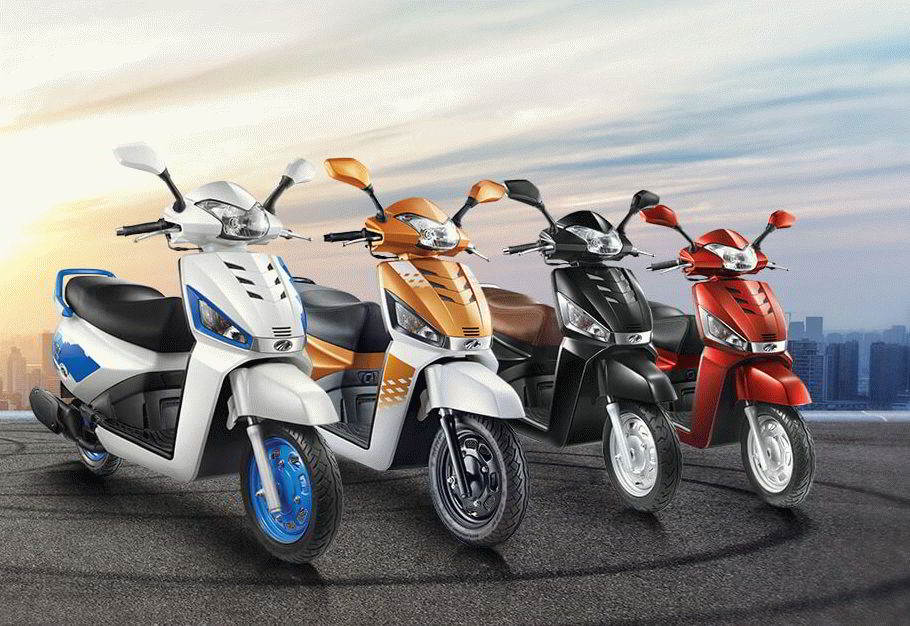
Top rating of the best and inexpensive scooters up to 50 cubic meters in 2024
Views: 97661 -

Rating of the best materials for noise insulation for an apartment in 2024
Views: 95020 -

Rating of cheap analogues of expensive medicines for flu and colds for 2024
Views: 91750 -

The best men's running shoes in 2024
Views: 87680 -

Top ranking of the best smartwatches 2024 - price-quality
Views: 85091 -

Best Complex Vitamins in 2024
Views: 84801 -

The best dye for gray hair - 2024 top ranking
Views: 82406 -
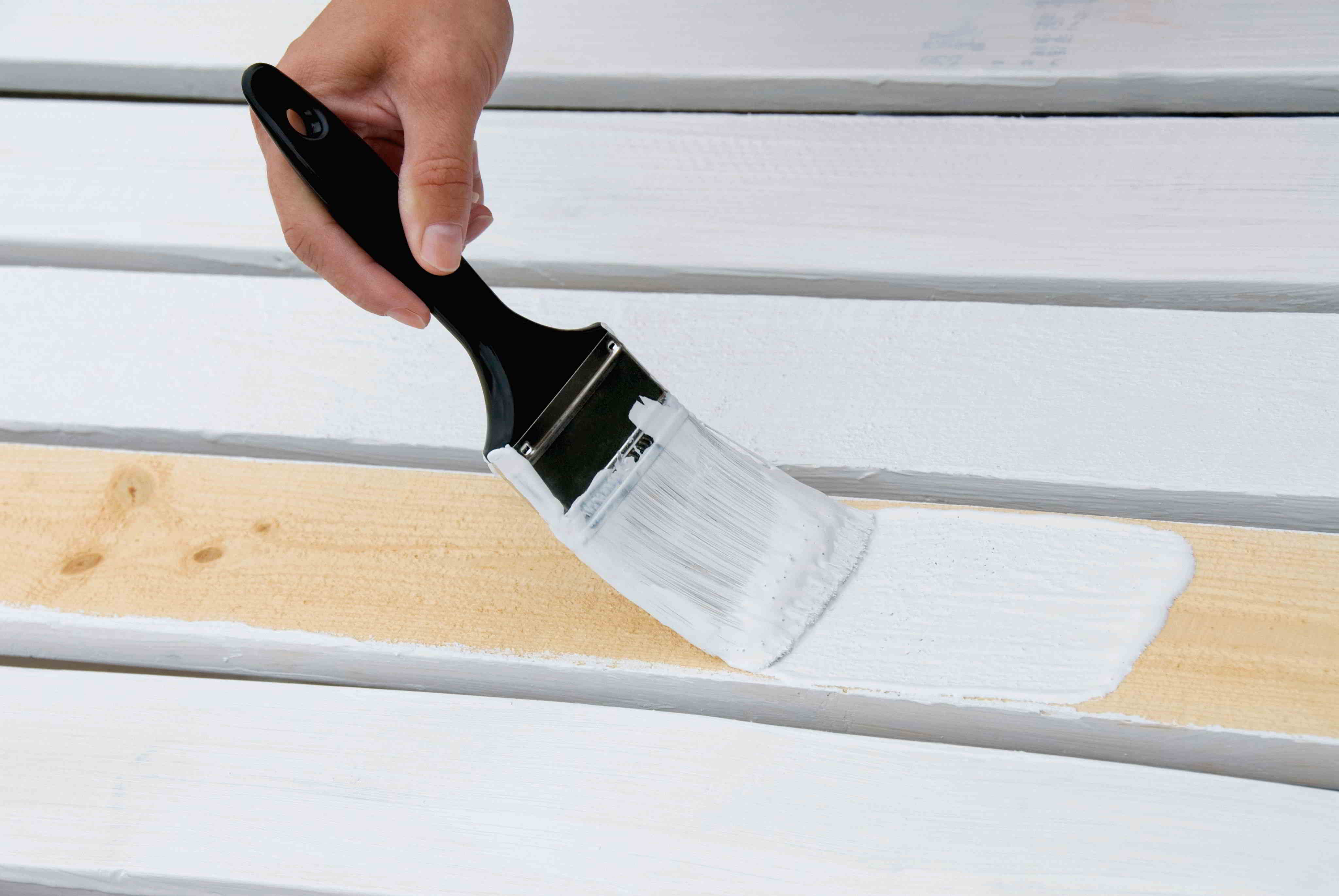
Rating of the best wood paints for interior use in 2024
Views: 77201 -

Ranking of the best action cameras from China in 2024
Views: 75268 -
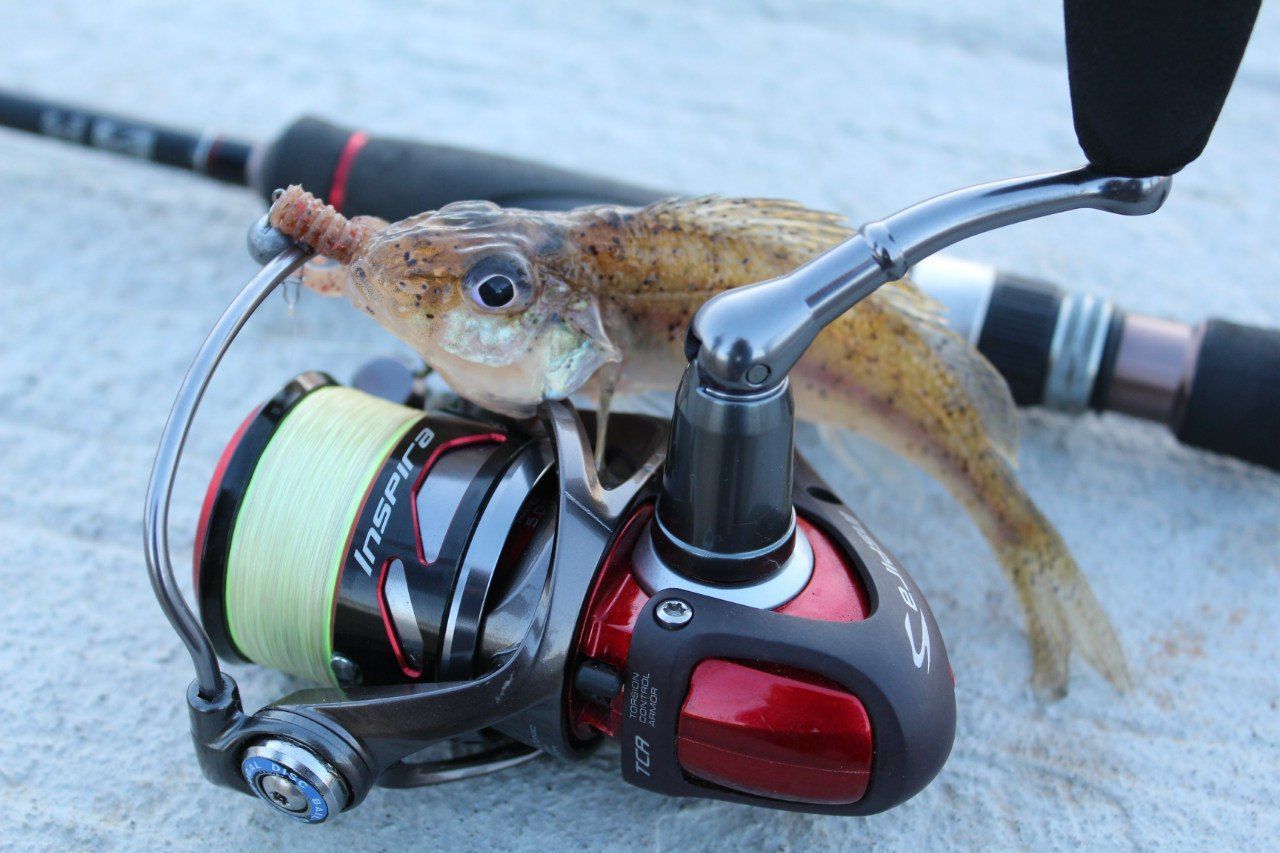
Rating of the best spinning reels in 2024
Views: 74827 -

The most effective calcium supplements for adults and children in 2024
Views: 72462 -

Top rating of the best means for male potency in 2024 with a description
Views: 68295


